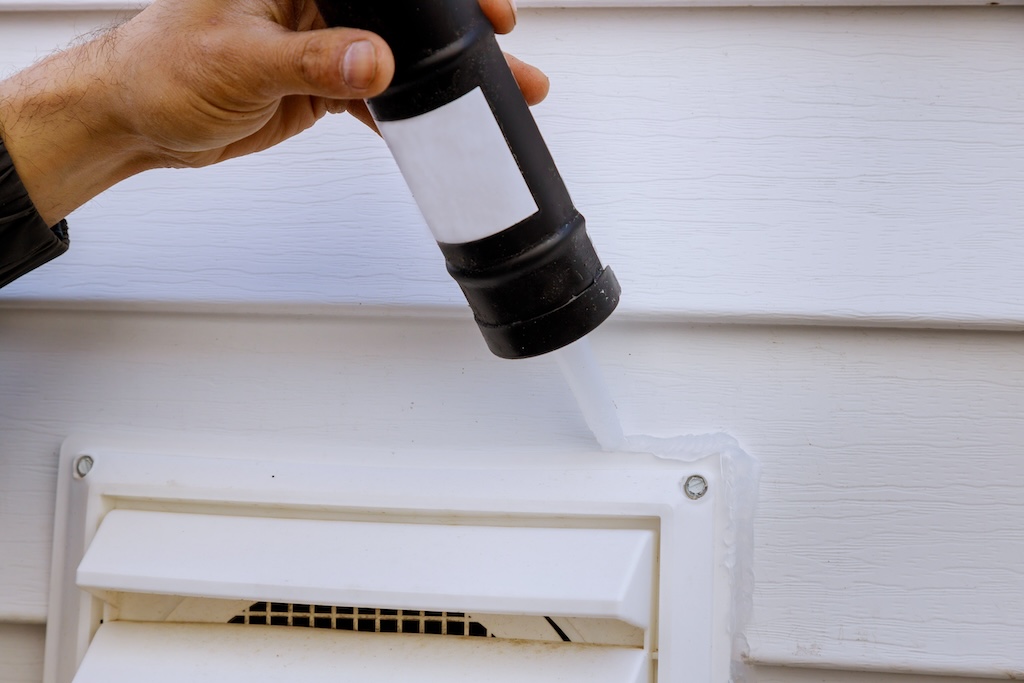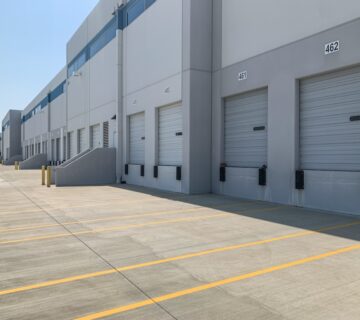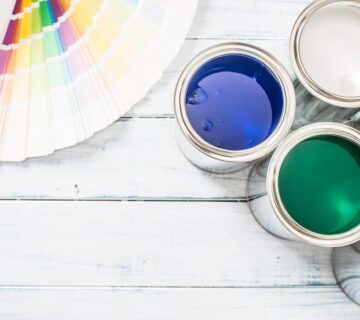Painting the exterior of your home is a significant undertaking that can dramatically improve its appearance and increase its value. However, the key to a successful paint job is not just in the painting technique or the quality of the paint used, but also in thorough preparation. Properly preparing your home’s exterior for painting is a critical step that ensures the paint adheres correctly and lasts longer. This blog will guide you through the essential steps of preparing your home’s exterior for a fresh coat of paint, highlighting the importance of each stage and offering practical advice to ensure the best results.
Evaluating the Condition of Your Home
Before you start, it’s crucial to assess the current condition of your home’s exterior. Look for signs of damage, such as cracked or peeling paint, rotting wood, mildew, and holes or cracks in the siding or trim. These issues need to be addressed before you begin painting, as they can affect the quality and longevity of your paint job. Identifying these problems early can save you time and money in the long run, ensuring that your paint job is not only beautiful but also durable.
Cleaning the Exterior
A clean surface is vital for paint to adhere properly. Start by washing the exterior of your house to remove dirt, dust, and grime. A pressure washer can be a highly effective tool for this task, but it must be used carefully to avoid damaging the siding. For areas with mold or mildew, you may need to use a solution of bleach and water or a specialized cleaner. Ensure that the surface is completely dry before moving on to the next step, as moisture trapped beneath the paint can lead to problems down the line.
Making Repairs
Once your house is clean, repair any damage you’ve identified. This might include filling in cracks or holes with exterior-grade filler, replacing rotting wood, and sanding down rough spots. These repairs not only improve the appearance of your paint job but also protect your home from further damage. Addressing these areas thoroughly ensures that your new paint will have a solid, stable surface to adhere to, which is essential for long-term durability.
Sanding and Scraping
If your home has peeling or flaking paint, it’s necessary to remove this before applying new paint. Use a scraper to remove loose paint, and then sand the surface to create a smooth, even base for painting. This step is particularly important for achieving a professional and lasting finish. Sanding not only helps to smooth out the surface but also enhances the adhesion of the new paint, which is critical in areas that are exposed to the elements.
Caulking and Sealing
Inspect the caulking around windows, doors, and other openings. If the caulking is cracked or missing, remove the old caulk and apply a new bead of exterior-grade caulk. This not only helps in weatherproofing your home but also provides a clean, finished look after painting. Proper caulking prevents water and air infiltration, which can significantly impact your home’s energy efficiency and the longevity of the paint job.
Priming the Surface
A primer is essential, especially if you’re making a significant color change or painting over bare wood or metal. Primer helps the paint adhere better and provides a uniform base for the topcoat. It can also help in blocking stains and preventing bleed-through, especially in areas where repairs have been made. Choosing the right primer is crucial as it forms the foundation of your paint job and ensures that the topcoat looks consistent and vibrant.
Masking and Covering
Before you begin painting, protect areas that you don’t want to be painted. This includes windows, doors, light fixtures, and landscaping. Use painter’s tape to mask off these areas, and drop cloths or plastic sheeting to cover the ground and plants. Taking time to carefully mask and cover these areas can prevent accidental splatters and spills, making the cleanup process much easier and protecting your property from unwanted paint.
Final Thoughts
Proper preparation is the foundation of any successful exterior painting project. By thoroughly cleaning, repairing, and priming your home’s exterior, you’re setting the stage for a paint job that not only looks beautiful but also withstands the test of time. Remember, the effort you put into preparing your home for painting will be evident in the quality of the finished product. Thorough preparation ensures that your investment improves both the curb appeal and value of your home, providing satisfaction that lasts for years to come. For more tips on exterior painting and home improvement, visit our website at sisupainting.com and explore our blog at sisupainting.com/blog.





No comment